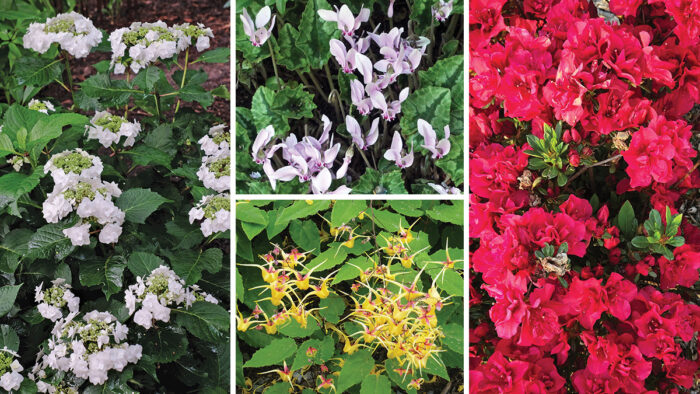
Short of crowding a garden with annuals, fulfilling a desire for long-blooming plants in the shade is at best challenging. While attractive foliage is at the heart of shade designs, many still yearn for colorful blooms in woodland settings. Typically, plants that have evolved to grow in shade have shorter flower periods, with fewer blossoms than their sun-loving counterparts. These bloom times can be far longer in cool-weather climates compared to warm summer climates, where a few hot days can end the flower season prematurely. In other words, most plants that flower in shade might do so for a matter of weeks at most, not months.
However, there are a few select species that are exceptions to this rule, and modern advances in breeding have also extended the natural bloom cycle of many of our stalwart shade plants. At Juniper Level Botanic Garden in Raleigh, North Carolina, we have grown and tested many such selections. Here are some of my favorites, from woodies to perennials, to extend the colorful flowering season in your woodland garden.
Shrubs with Exceptional Flower Power
As difficult as it is to find shrubs that grow in shade, it’s even harder to find ones with interesting blooms—and blooms that persist long enough to appreciate. The following cultivars make the most of their parent species’ potential, with the added bonus of a colorful and enduring flower show.
‘Woodland Ruby’ anise blooms almost all year in warmer climates
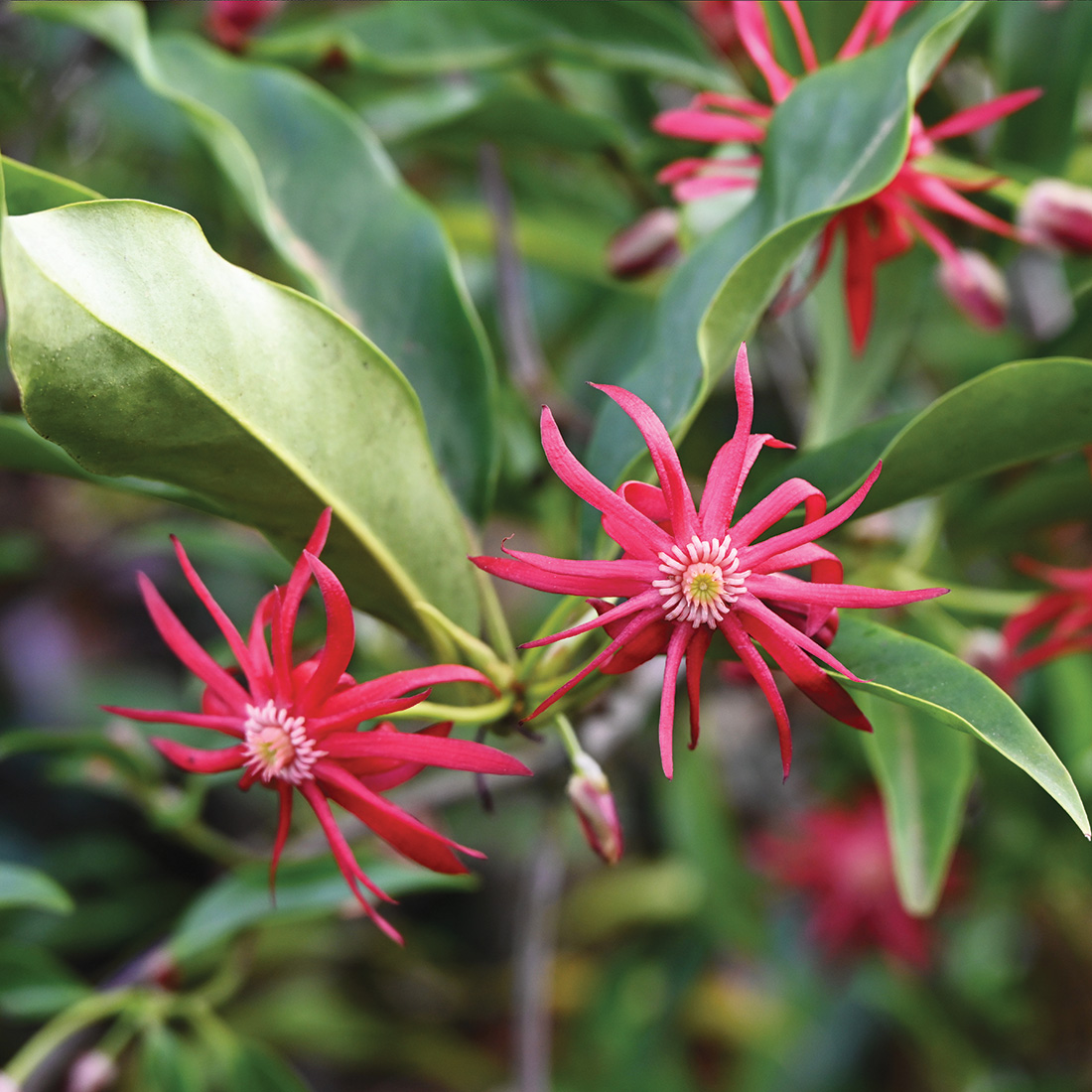
Illicium ‘Woodland Ruby’
Zones: 7–11
Size: 6 to 8 feet tall and 5 to 8 feet wide
Conditions: Full sun to full shade; rich, moist, well-drained soil
Native range: Hybrid
Anise shrubs are some of the larger woody plants that grow in shade. Most of those grown in the horticultural trade are either Asian or North American natives. The U.S. native Florida anise (I. floridanum, Zones 7–11) is hard to beat with its red flowers in spring. But to extend the season, the secret ingredient is added genes from another very closely related North American species, Mexican anise (I. mexicanum, Zones 7–11), which flowers virtually all year in the South, except for the coldest part of winter. ‘Woodland Ruby’ anise, a hybrid between the two species, also blossoms virtually all year, with spring and fall producing the heaviest flowering. With larger ruby-red blooms, it is showier than its parents. The evergreen foliage also has a pleasant fragrance. While it prefers some shade, it can grow in sun with more irrigation. Note that this plant is toxic if ingested.
‘Fall Fantasy’ camellia is smothered in longlasting blooms
Camellia sasanqua ‘Fall Fantasy’
Zones: 7–9
Size: 5 to 8 feet tall and 4 to 6 feet wide
Conditions: Full sun to partial shade; rich, moist, well-drained soil
Native range: Japan
If you live in Zone 7 or anywhere warmer, you can enjoy the incredible diversity of camellias in a woodland garden, with both spring- and fall-blooming species to enjoy. Of all the camellias I have grown, ‘Fall Fantasy’, an autumnal bloomer, is by far the most floriferous with its masses of double pink flowers. Some camellias offer up a few blooms each day, but this cultivar has a mass of flowers all at once. Blossoming usually starts in early to mid-fall. This shrub can flower for up to a month, but the weather always has the final say.

Tip: Get more light into your shade garden
Shade in the garden can be altered in a couple of ways for myriad reasons (like wanting to get more flowering out of your plants). Here’s how you can do it:
1. Raise the tree canopy. This is usually accomplished by using a saw to remove the lowest levels of limbs (pictured). Each limb on a tree adds to the density of shade. In most gardens, it’s quite easy to use this method to move a planting area from dense shade to light shade, which will dramatically increase flowering on woodland plants.
2. Remove trees. This more drastic option, which accomplishes the same goal, is usually more complicated and costly.
Flowering on old and new wood lets Wedding Gown™ maximize a hydrangea’s potential
Hydrangea macrophylla ‘Dancing Snow’
Zones: 5–9
Size: 2 to 3 feet tall and 3 to 5 feet wide
Conditions: Partial shade; rich, well-drained soil
Native range: Japan, China, Korea, and southeast Asia
Bigleaf hydrangeas have long been prized for their ability to flower in shade, but the discovery of remontant (reblooming) hydrangeas was a huge step forward. This made their bloom season even longer. In areas with exceptionally hot temperatures, the bloom period will be abridged, but in areas with cool summers, it could continue into fall, especially with deadheading. In the past, unaware clip-happy gardeners kept trimming off their next year’s flowers when they cut back what looked like dead sticks on their bigleaf hydrangeas in winter. Remontant hydrangeas flower on old and new wood, so despite any pruning faux pas, the plant will still flower. One of my favorite remontant hydrangeas is the white-flowered Wedding Gown™. This compact grower reaches no taller than 3½ feet and starts blooming in early June with elegant heads of double lacecap blossoms.
Autumn Fire® azalea blazes to life in spring and puts on a second act in fall
Rhododendron ‘Roblez’
Zones: 6–9
Size: 2 to 3 feet tall and 3 to 4 feet wide
Conditions: Full sun to partial shade; rich, moist, well-drained soil
Native range: Hybrid
There are a number of rhododendrons that thrive in light shade, although the large-leaved evergreen types are difficult to grow in areas with hot, humid summers. Azaleas, however, are much more adaptable, and therefore more widely grown. A breakthrough in the breeding of this group came when Louisiana plantsman Buddy Lee had the idea to cross the rare Oldham’s azalea (R. oldhamii, Zones 7b–10) from Taiwan with more typical spring-blooming varieties. Oldham’s azalea is a genetic outlier in that it flowers in fall. By crossing these two types of azaleas, Buddy was able to come up with an entire series of cultivars that flower in spring and then reflower in fall. These are known as Encore® azaleas, of which there are currently 35 varieties on the market. Autumn Fire® azalea is a personal favorite from this series. This compact plant features a dense blanket of double deep-red flowers that are offset against dark green foliage, which later tinges purple when the weather cools.
Perennials with Lasting Appeal
Annuals are usually the go-to when it comes to getting bold color for shade. But in the case of perennials, looking to more unusual species or newer introductions of old favorites is often the key in securing those wow-worthy designs that seem to brighten low-light areas.
Swap your impatiens out for the stunning ‘Orange Sherbert’ Chinese lychnis
Lychnis ‘Orange Sherbet’
Zones: 5–9
Size: 1 to 2 feet tall and 1 to 3 feet wide
Conditions: Partial shade; well-drained soil
Native range: Hybrid
‘Orange Sherbet’ Chinese lychnis has actually been grown for hundreds of years but has only recently appeared on nursery shelves. Juniper Level Botanic Garden was presented this plant as a clone of the Chinese species Lychnis coronata and it is often labeled as such, but upon a closer examination of the genetics, it turned out instead to be a hybrid that is virtually sterile. This plant is deer resistant and heat tolerant, and can take a variety of soil types as long as they are well-draining. The compact mound of foliage is topped by a crown of flat, light orange flowers with feathery edges to their petals. Blooming starts in late spring and continues through summer.
A top performer, ‘Stoplights’ epimedium will stop you in your tracks
Epimedium ‘Stoplights’
Zones: 4–8
Size: 12 inches tall and 30 inches wide
Conditions: Partial to full shade; rich, well-drained soil
Native range: Hybrid
Epimedium breeding has improved the genus so much in the last couple of decades that it’s hard to even compare modern cultivars to what gardeners used to grow. In our trials, we have recorded over a dozen cultivars that flower for longer than 10 weeks. A more normal flowering window for epimediums is 3 to 4 weeks. As a general rule, the genes for longer flowering periods come from those species with more evergreen foliage. For us, the unusually colored ‘Stoplights’ epimedium has been one of the best performers in terms of flowerseason length. Its bright flowers contain layers of yellow, orange, and red on the spurs, cups, and sepals, providing amazing color not often seen in the shade.
Fabiana® Peruvian lily shines in the shade with bright flowers and foliage in summer and fall
Alstroemeria ‘Zaprifabi’
Zones: 6–11
Size: 8 to 12 inches tall and 18 to 24 inches wide
Conditions: Full sun to partial shade; rich, moist, well-drained soil
Native range: Hybrid
Fabiana® Peruvian lily is an exceptional perennial that people don’t expect to either thrive in shade or to be a perennial. The 10-inch-tall dwarf plant’s deciduous clump of white-edged foliage bursts into bloom in early summer with cream-colored flowers that have purple-red markings. Flowering will taper off as the summer gets hotter, and then a new round will begin when temperatures cool. While this plant was originally bred for the annual container market, it’s perfectly at home in the shade garden. Unlike many Peruvian lilies that run, this one clumps, but by installing plants 18 inches on center, you can create a fabulous ground cover. Surprisingly, this perennial has proven reliably winter hardy into Zone 6.
For an exotic look, try these pinellias that rebloom without reseeding
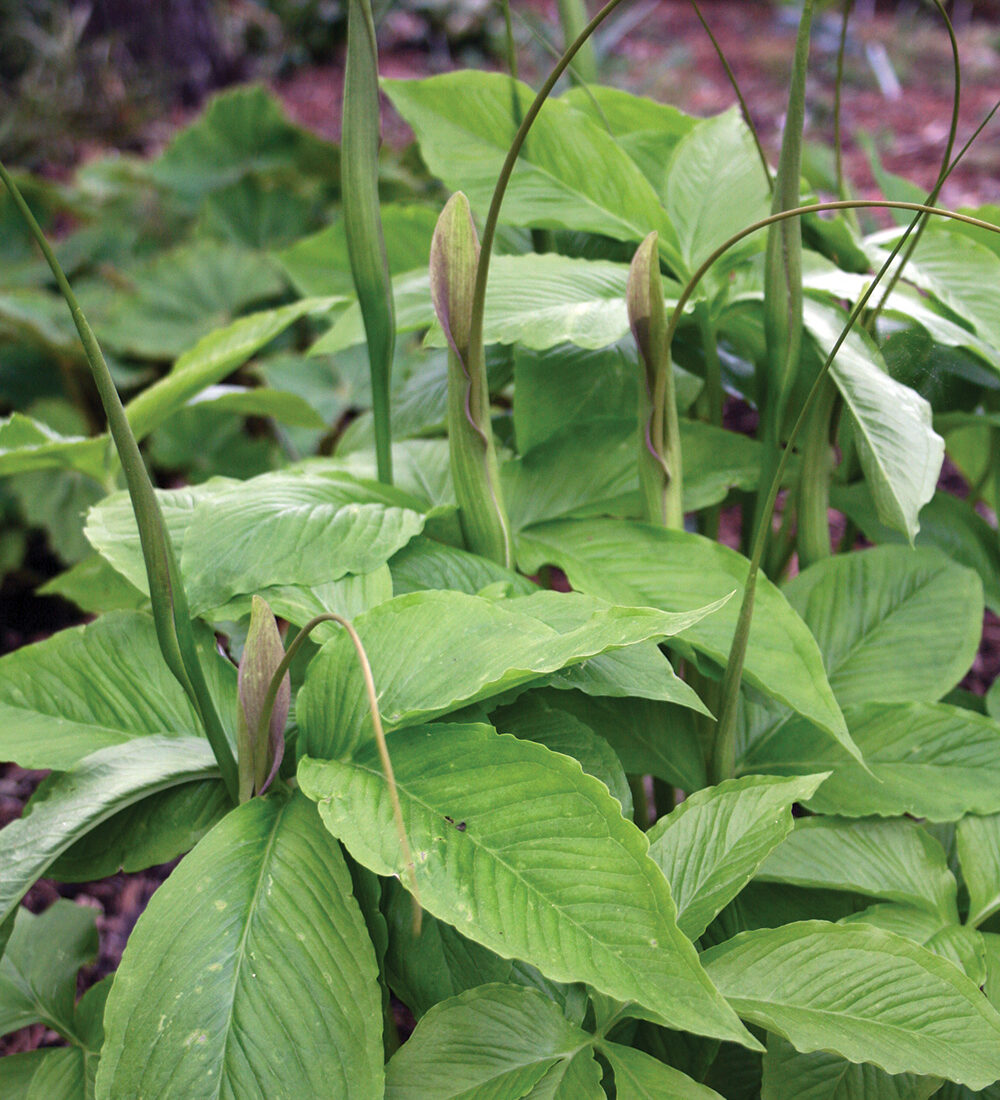 |
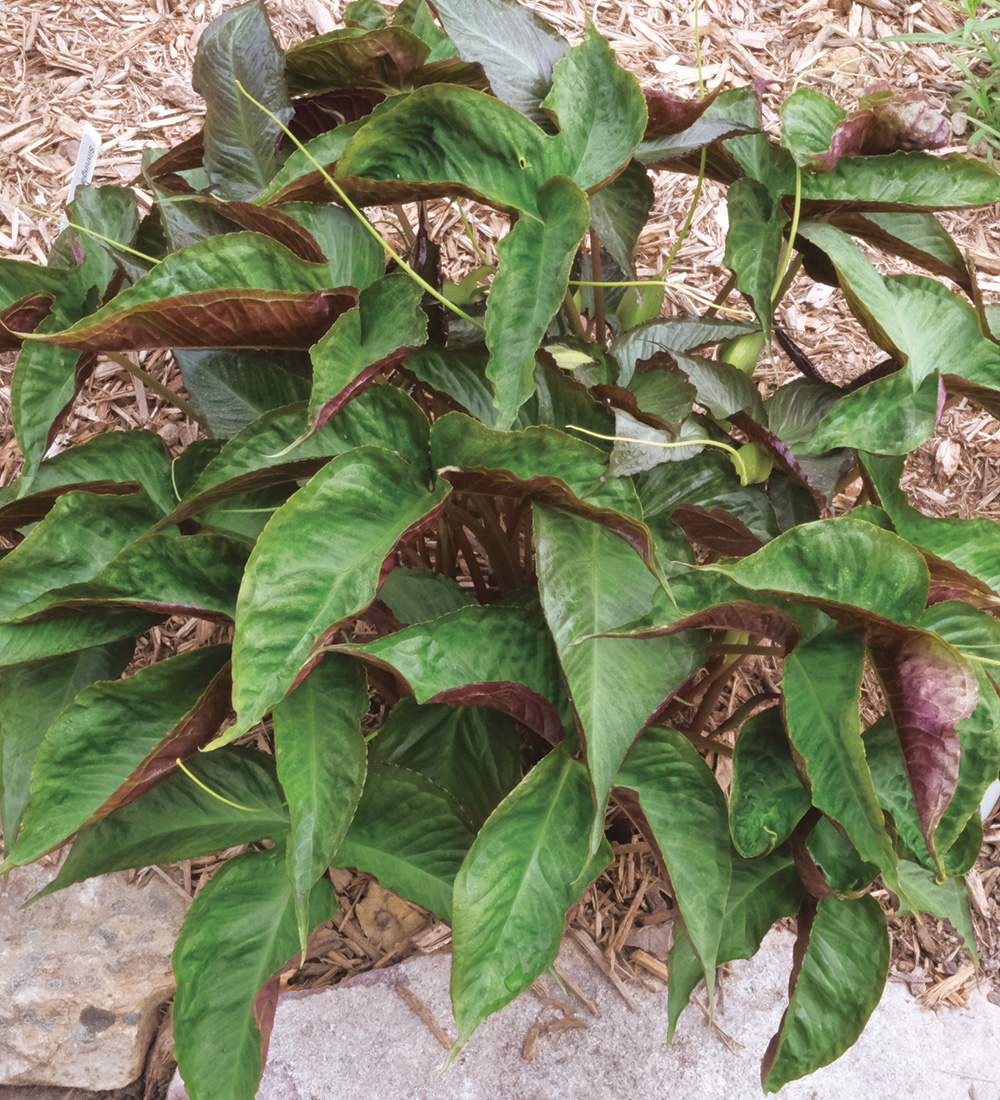 |
Pinellia ‘Polly Spout’ and Pinellia × cortita ‘Purple Dragon’
Zones: 5–9
Size: 18 to 24 inches tall and 6 to 12 inches wide
Conditions: Partial to full shade; rich, moist, well-drained soil
Native range: Hybrid

Hardy aroids like Jack-in-the-pulpit (Arisaema triphyllum, Zones 4–9) have long been popular shade-garden plants, but the flowering period for most of these plants is quite short. Enter their reblooming Asian cousins, pinellia. While pinellias perform wonderfully across much of the country, gardeners soon found them to be a bit too prone to seeding prolifically. Finally, self-sterile hybrids were introduced, which allowed gardeners to enjoy the continuous flowering nature of the genus without the problematic weediness. ‘Polly Spout’ pinellia, from the former We-Du Nursery, features vigorous green-foliaged clumps that produce 2-foot-tall upright growth with five leaflets alongside stalks of equal height. Spathe and spadix flowers emerge from early spring through fall. ‘Purple Dragon’ pinellia was introduced by New York’s Glover Perennials. The upright, fleshy stalks emerge dark purple in mid-spring, topped with tripartite foliage that opens olive green on top and glossy purple below. The spathe and spadix are a lovely contrasting green, also held atop purple stems throughout spring and summer.
Ivy-leaved cyclamen is a superstar species with tag-teaming flowers and foliage
Cyclamen hederifolium
Zones: 5–9
Size: 4 to 6 inches tall and 6 to 12 inches wide
Conditions: Partial shade; dry to medium, well-drained soil
Native range: Western Asia and southern Europe
Although England’s Royal Horticultural Society named this species as one of their top 200 plants of the last 200 years, it’s amazing that most people with woodland gardens in the United States fail to include it. Growing from large corms that sit at the ground’s surface, ivy-leaved cyclamen produces flower stalks from midsummer through late fall, starting before the fancy patterned leaves emerge. The foliage persists into winter after flowers fade. I can think of no woodland perennial with a longer natural flowering period. This cyclamen is one of the most drought-tolerant plants known to gardeners, and it also naturalizes easily. I like to plant it at the base of large trees and shrubs, where little else will grow.
The cascading blooms of ‘Pink Teardrops’ hardy begonia twinkle in the shade
Begonia grandis ‘Pink Teardrops’
Zones: 5–9
Size: 2 feet tall and 3 feet wide
Conditions: Partial to full shade; rich, well-drained soil
Native range: Japan and southern China
This hardy begonia is an improved seedling selection from ‘Heron’s Pirouette’ hardy begonia (Begonia grandis ‘Heron’s Pirouette’, Zones 5–9), with longer flower pedicels and more numerous blossoms overall. This plant stays upright without flopping and features dense green foliage and pendulous pink blooms that can appear from early summer to fall. Hardy begonias are durable and quite easy to grow, thriving in either dry- or average-moisture soils. In fall, they form stem bulbils, which allow the plants to spread outside their typical footprint. These bulbils are great to share with other gardening friends, even those who claim to have brown thumbs.
It’s Normal for Plants to Flower Less in Shade
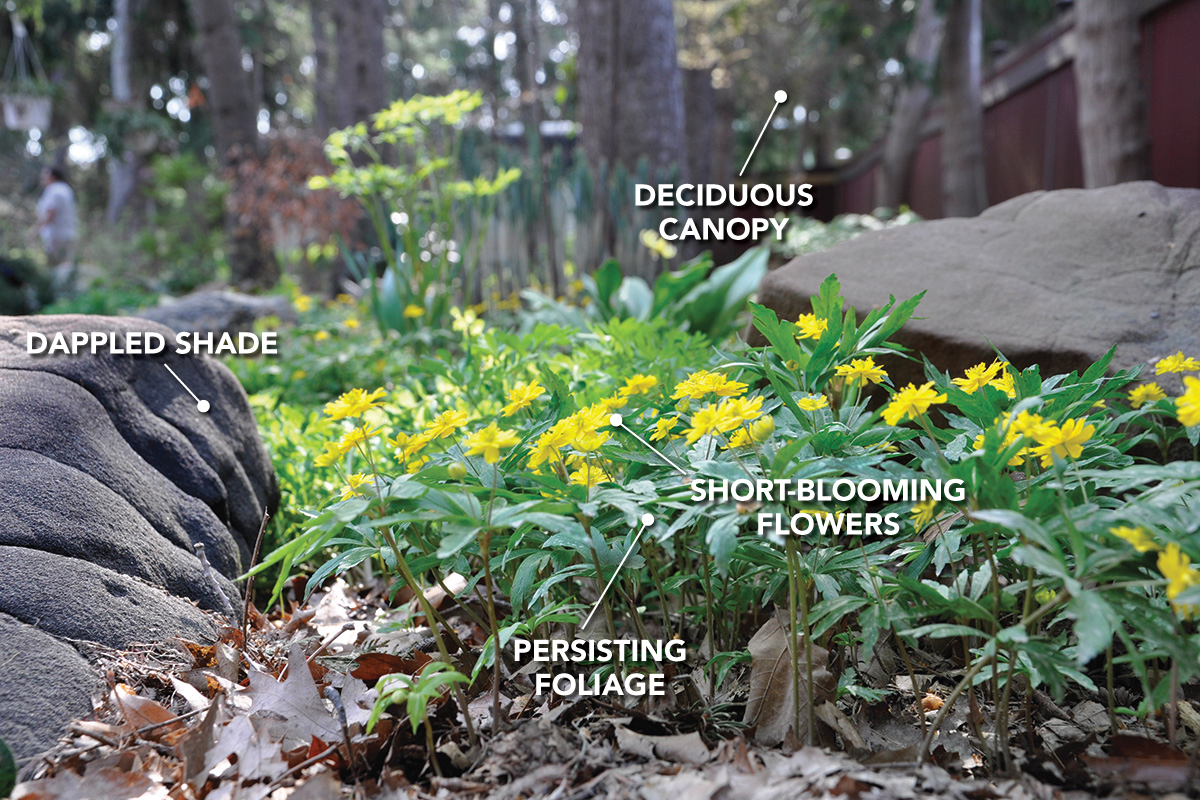
Despite some plants being adaptable to shade, they might not posses the ability to put on an impressive flower show. Here’s why and how you might increase the color in low-light spots:
Light is essential for photosynthesis
Plants need light to photosynthesize and develop flowers. Less light results in fewer flowers and shorter flowering periods.
Spring ephemerals exemplify this principle
Woodland understory plants often evolved to grow early in the year. They flower and set seed quickly before the spring canopy blocks sunlight (pictured).
Look for adaptable plants to broaden your garden palette
For longer flowering periods outside early spring, choose plants native to non-woodland settings that still have good shade tolerance.
Tony Avent is a plant explorer and hybridizer, and the owner of Juniper Level Botanic Garden and Plant Delights Nursery in Raleigh, North Carolina.
Photos, except where noted: courtesy of Tony Avent
Sources:
The following mail-order sources may offer some of the plants featured in this article:
- Edelweiss Perennials, Canby, OR; edelweissperennials.com
- Fast Growing Trees, Fort Mill, SC; 800-973-8959; fast-growing-trees.com
- Kiefer Nursery, Durham, NC; 919-596-7313; kiefernursery.com
- Plant Delights Nursery, Raleigh, NC; 919-772-4794; plantdelights.com
- Broken Arrow Nursery, Hamden, CT; 203-288-1026; brokenarrownursery.com
Fine Gardening Recommended Products

Wagner's 52003 Classic Blend Wild Bird Food, 6-Pound Bag
Fine Gardening receives a commission for items purchased through links on this site, including Amazon Associates and other affiliate advertising programs.
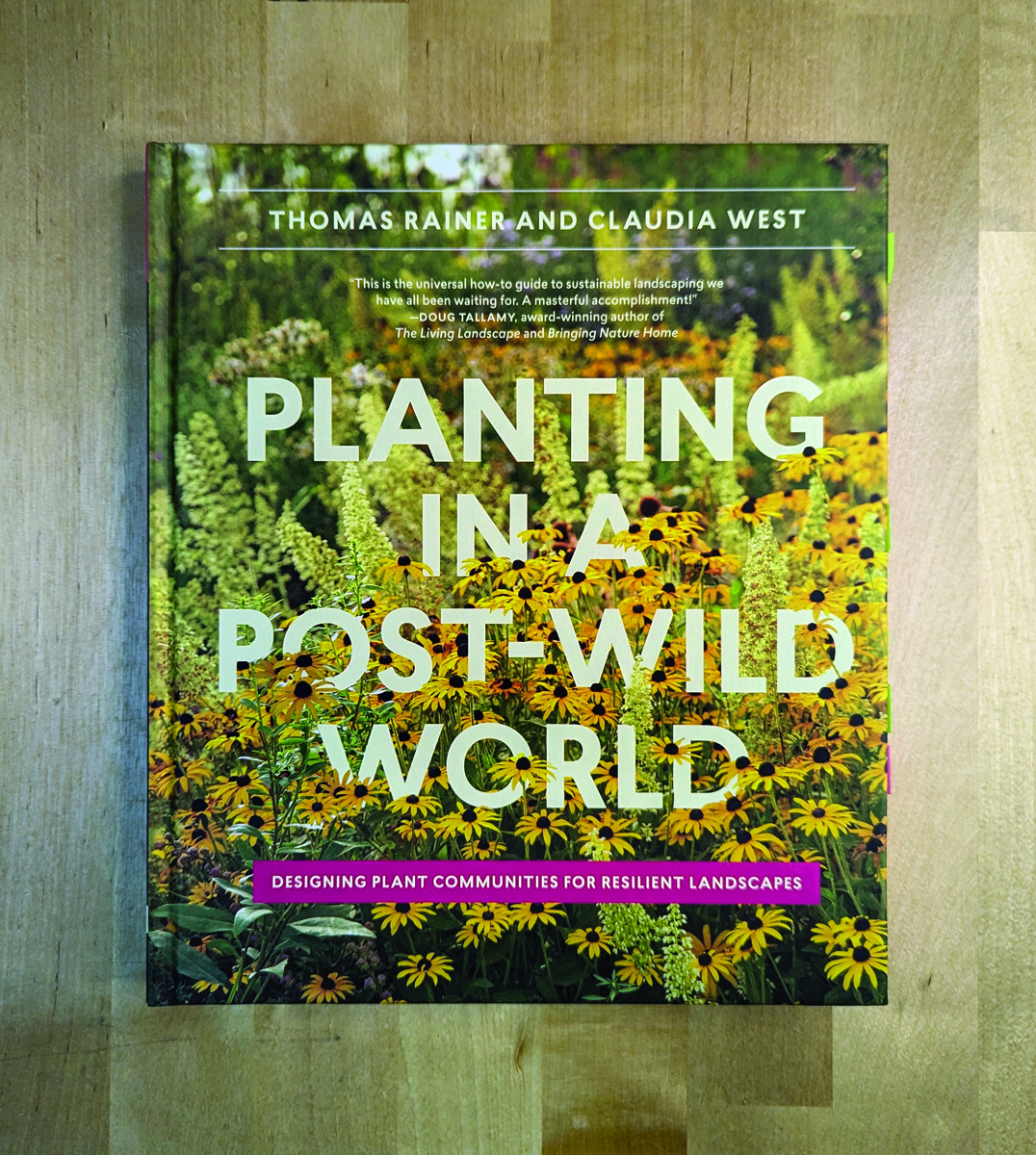
Planting in a Post-Wild World: Designing Plant Communities for Resilient Landscapes
Fine Gardening receives a commission for items purchased through links on this site, including Amazon Associates and other affiliate advertising programs.

A.M. Leonard Deluxe Soil Knife & Leather Sheath Combo
Fine Gardening receives a commission for items purchased through links on this site, including Amazon Associates and other affiliate advertising programs.


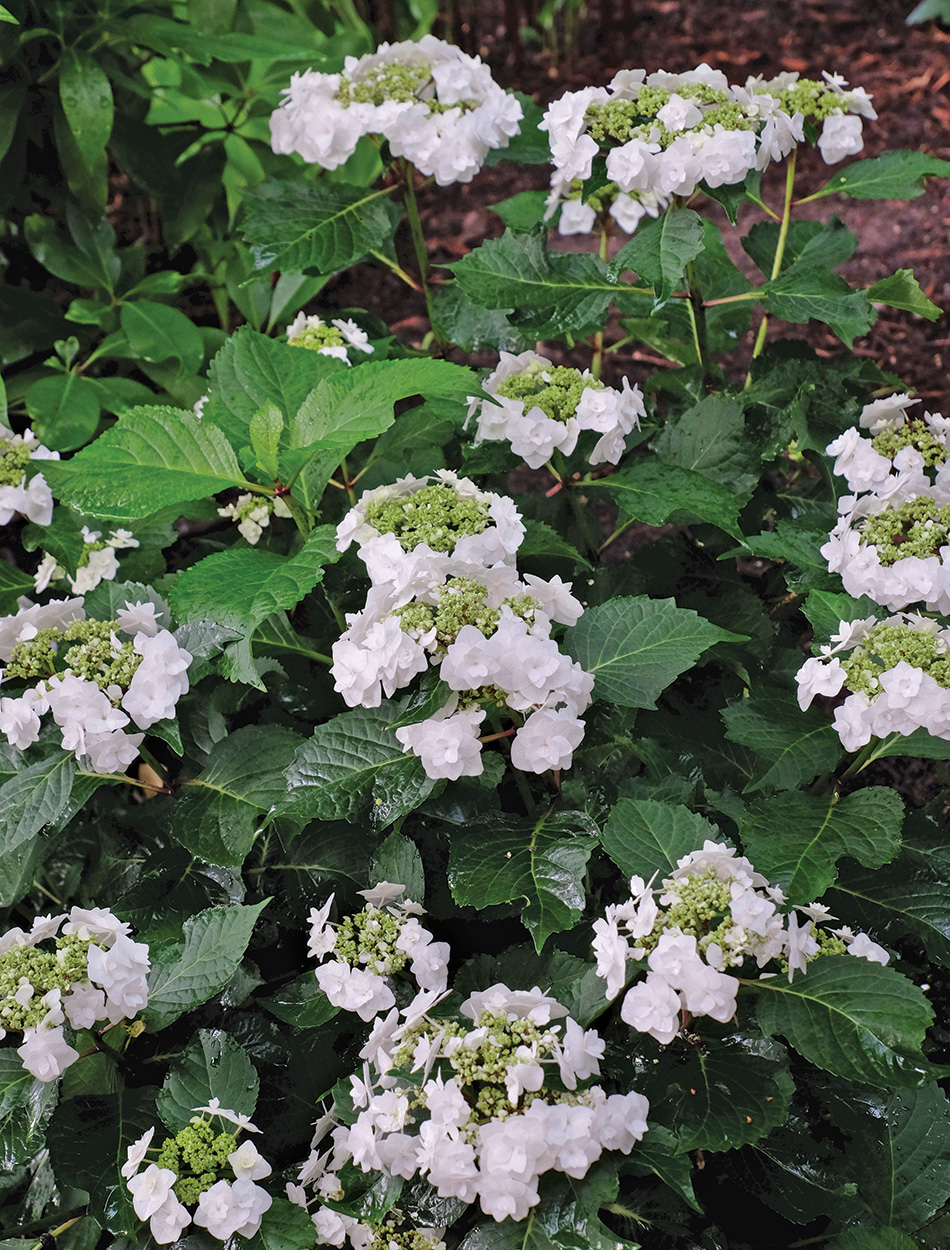
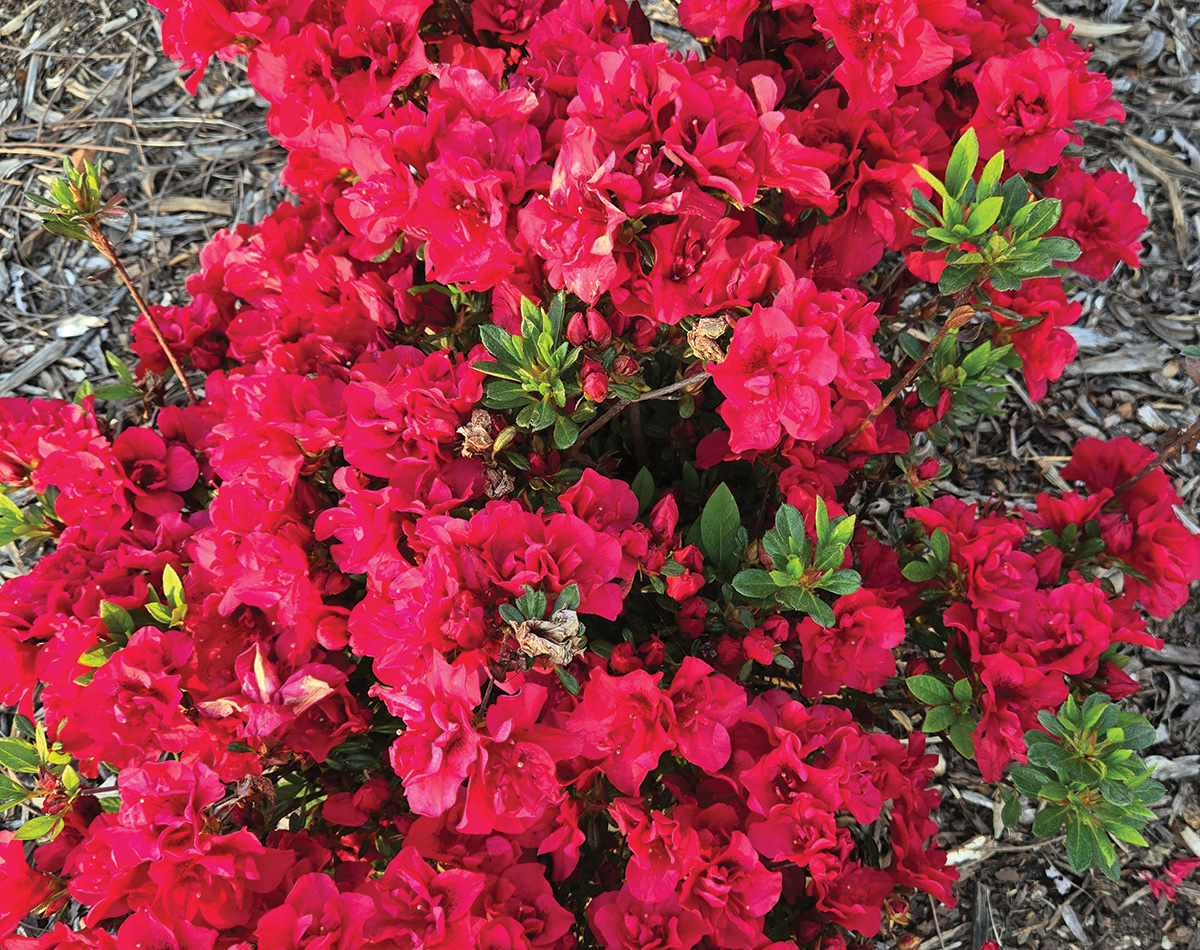

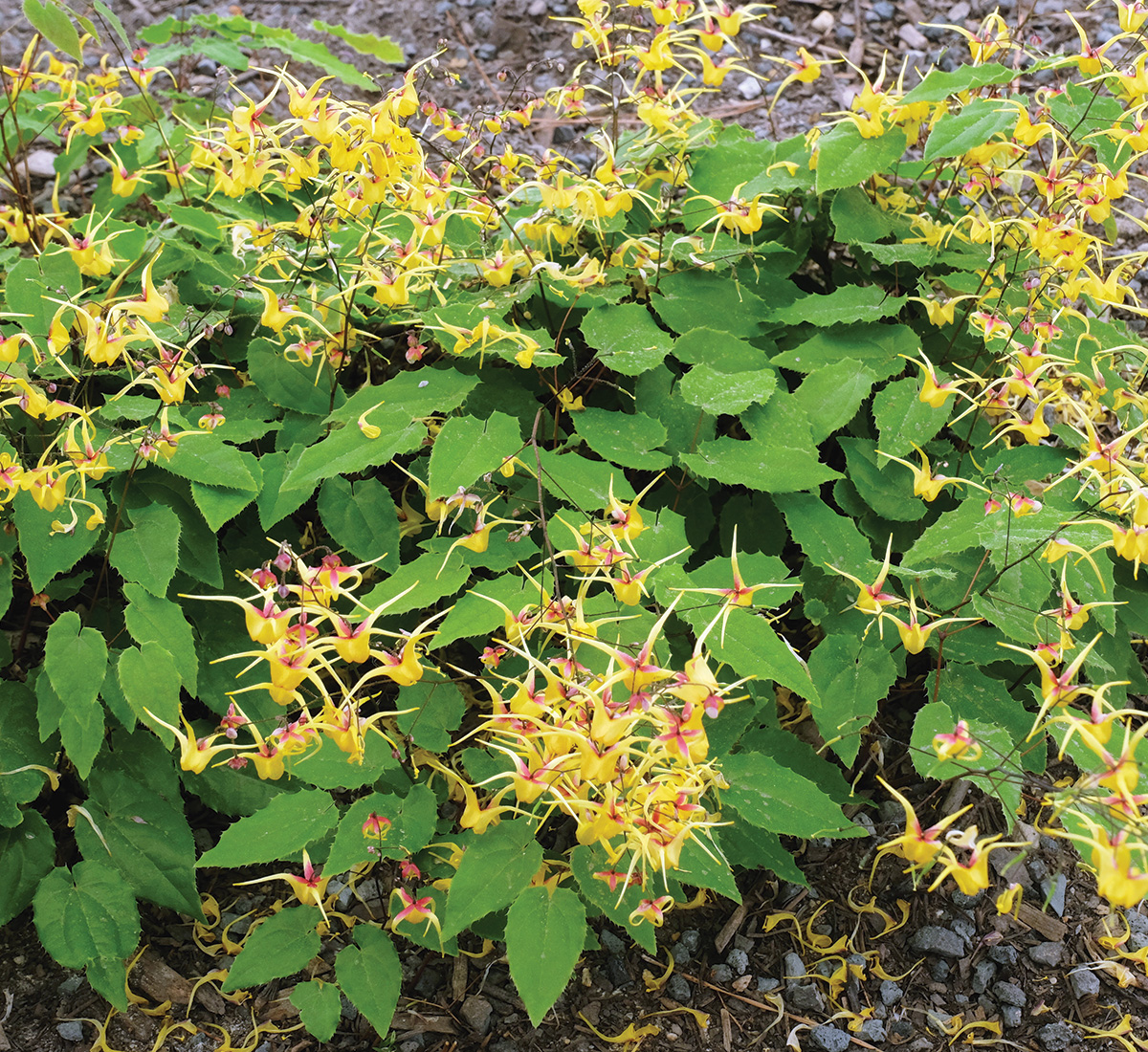
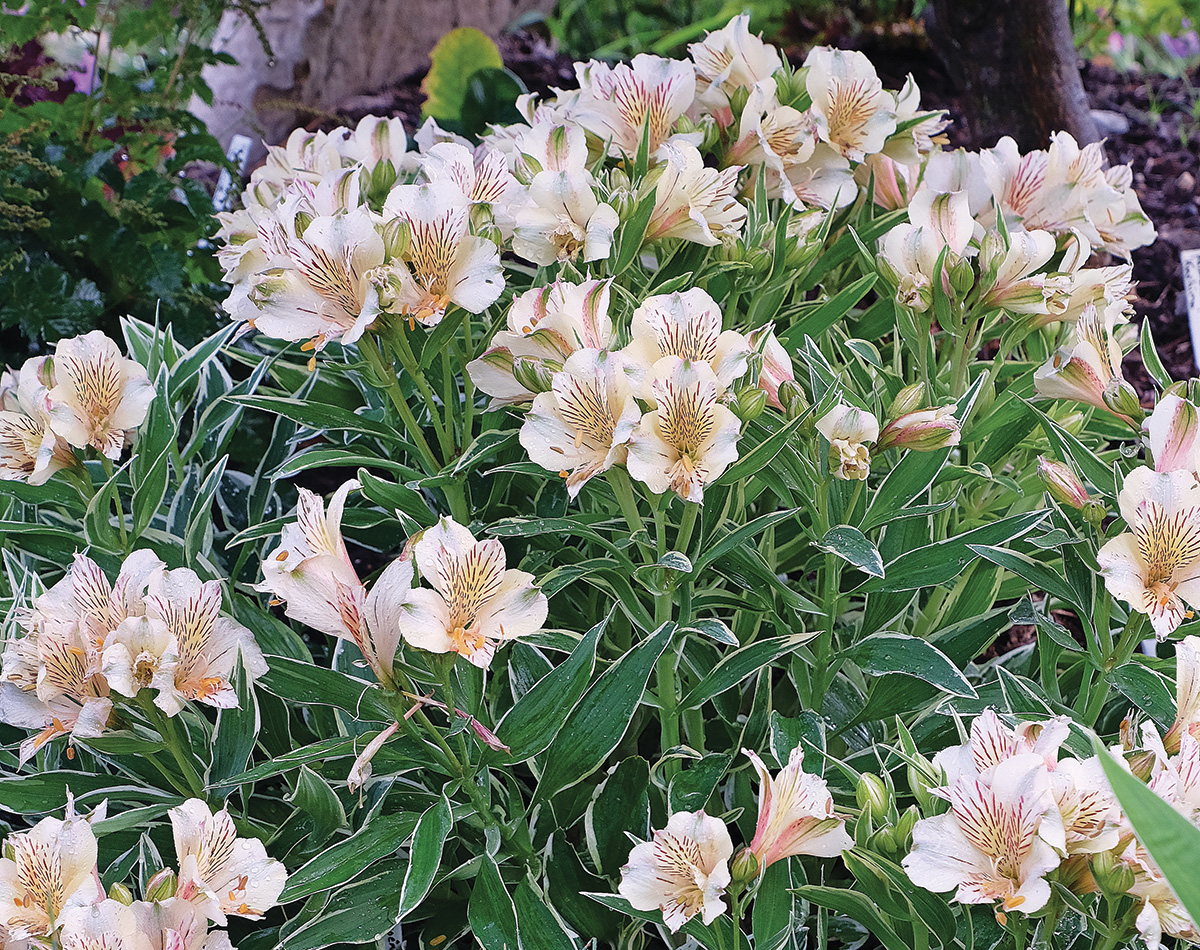
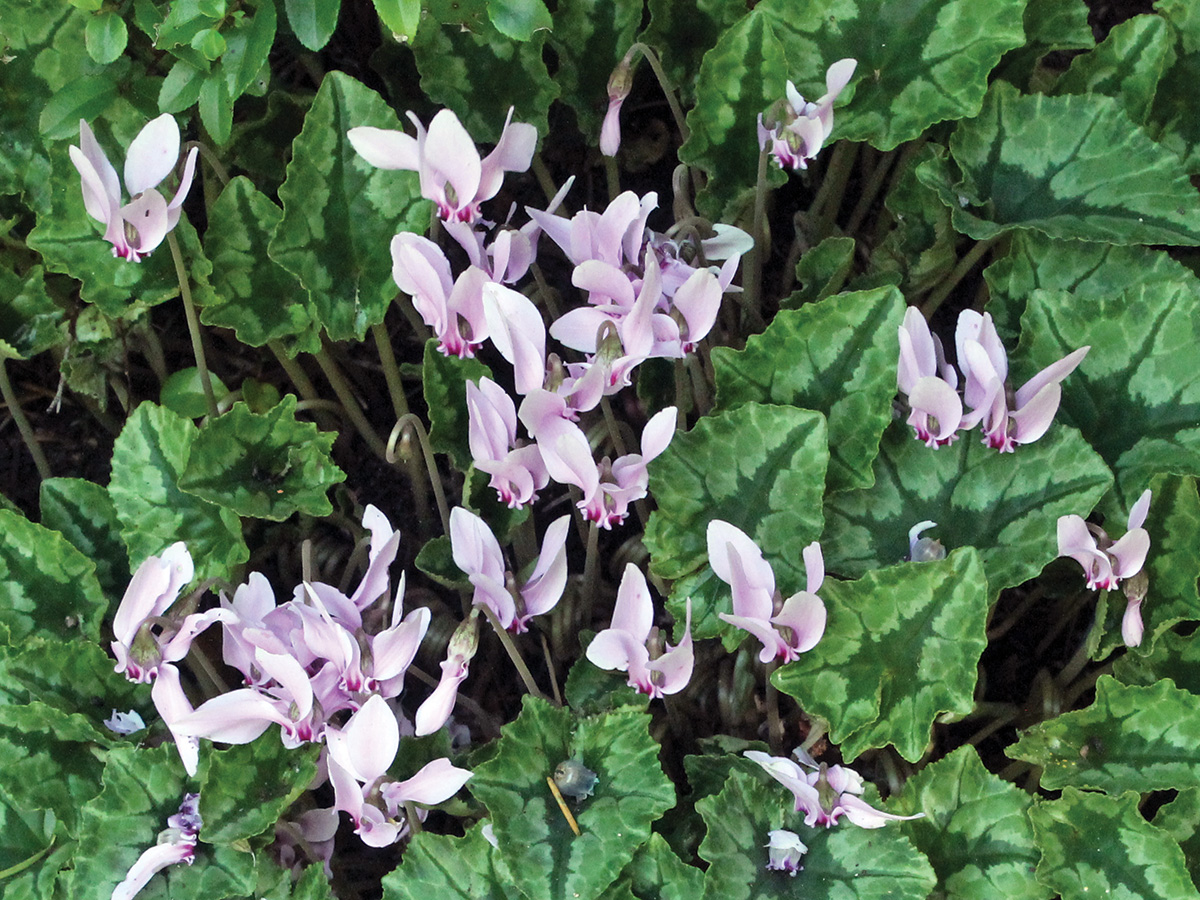
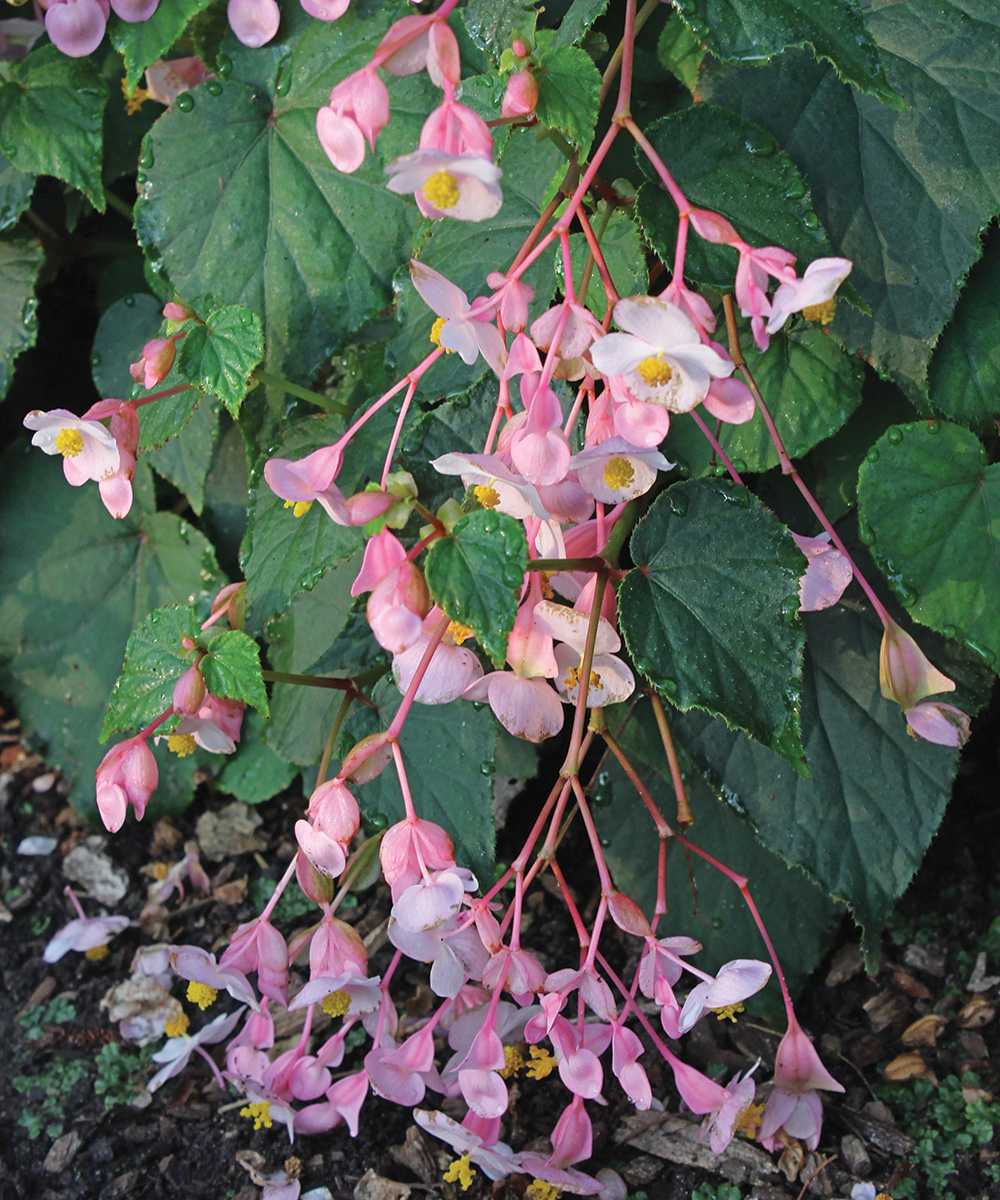




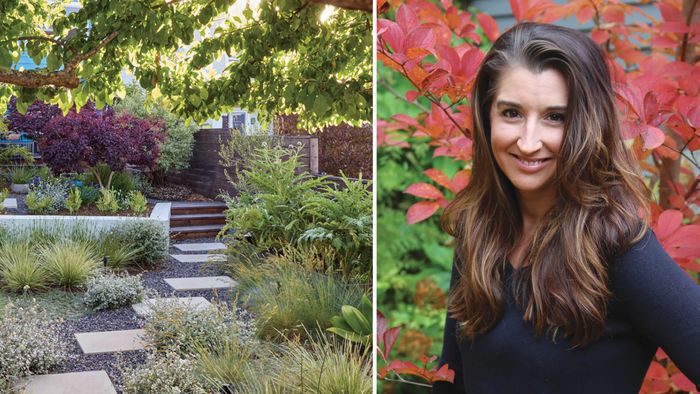
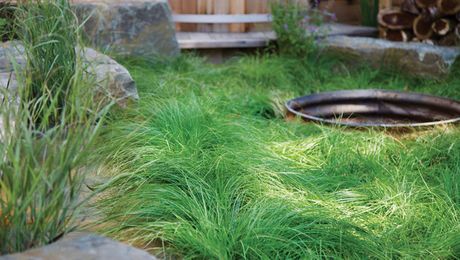
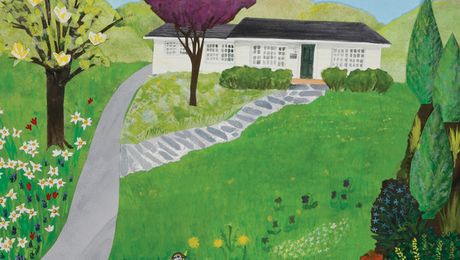


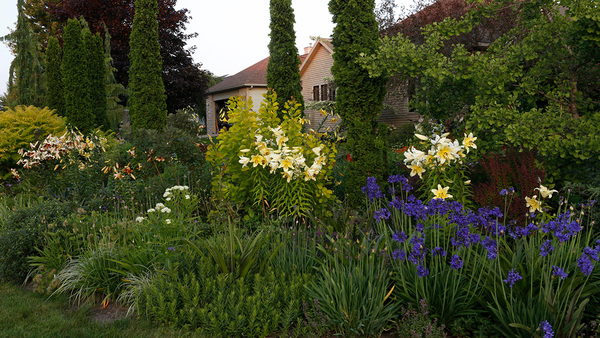



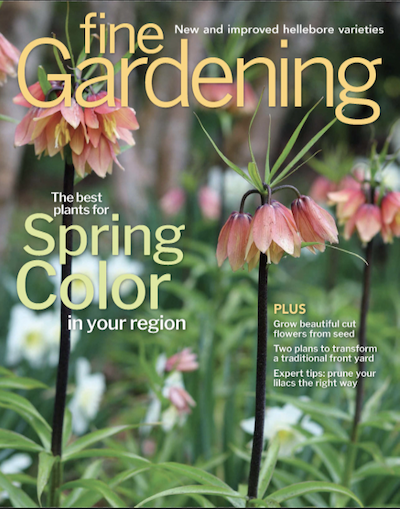



Comments
Log in or create an account to post a comment.
Sign up Log in